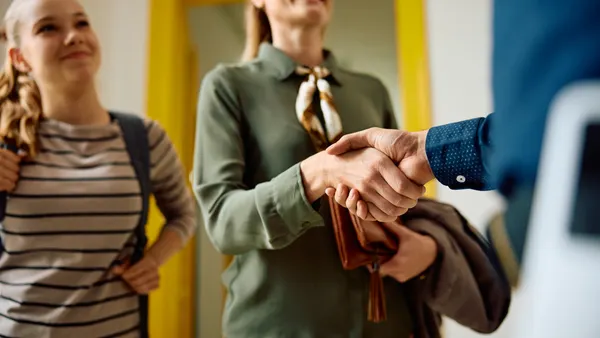Dive Brief:
- The STEMIE Coalition — which stands for science, technology, engineering and math linked to invention and entrepreneurship — serves as an umbrella organization for 600 youth groups around the country that host invention convention programs each year.
- According to eSchool News, the coalition was borne from the Connecticut Invention Convention and expands that smaller-scale effort to use invention and innovation in fostering critical thinking and problem-solving skills to the national stage.
- The coalition serves as a clearinghouse for national data and best practices, and its four processes that provide a foundation for student learning goals are the scientific method (proving hypotheses), engineering design (solving a problem provided by a teacher), invention (solving a problem identified by the student) and entrepreneurship (applying the invention).
Dive Insight:
Schools are increasingly recognizing the value of giving students space and time to tinker and invent. Makerspaces are popping up in schools across the country with high-tech tools or simple supplies that let students take the reins of their own learning. In these spaces, students are taught that failure is but one step on the way to success, and they learn the resilience that comes with such lessons. Carving out the time for such experiences during the school day has been difficult for some schools.
At Beaver Country Day School, a private school just outside of Boston, time constraints aren’t as much of a problem, because the priorities of the school are dictated by administrators and teachers, not by state or federal mandates. Teacher-leaders at BCDS spent one of the last days of summer exploring “unlearning” techniques that will help students approach a new Research and Design Center, which is set to open to students in the fall of 2017 as much more than a makerspace.





 Dive Awards
Dive Awards





